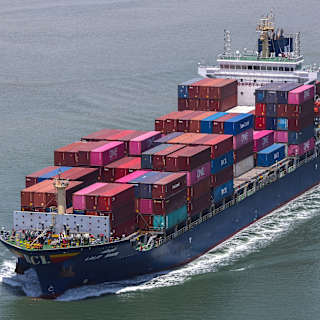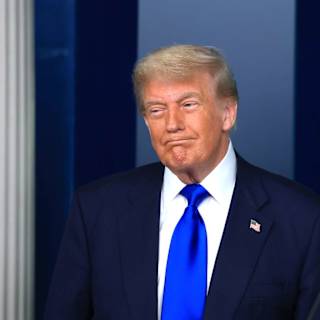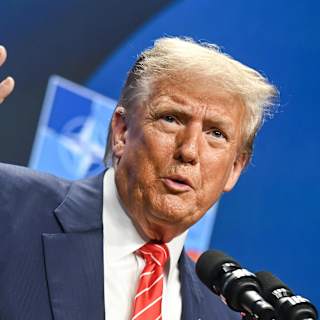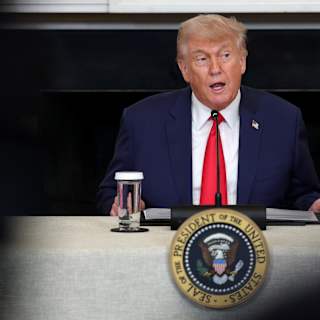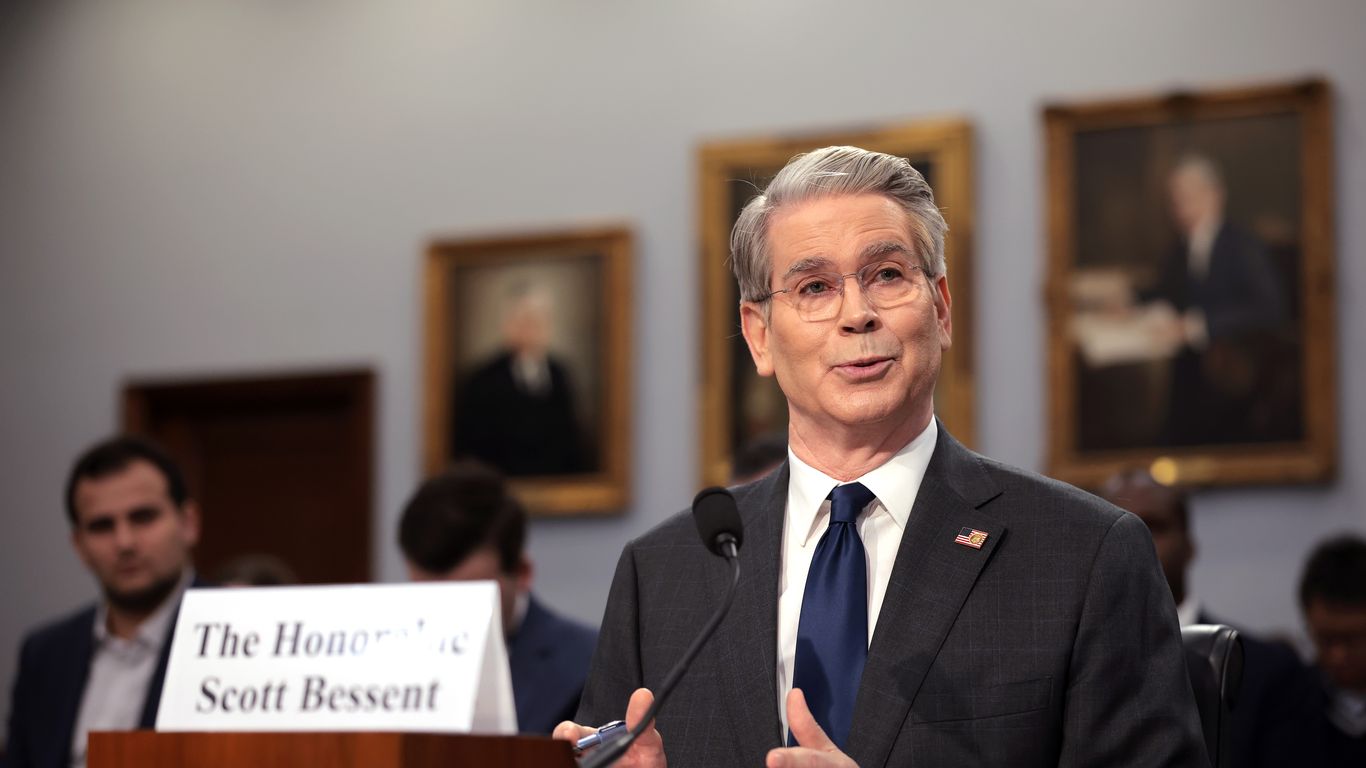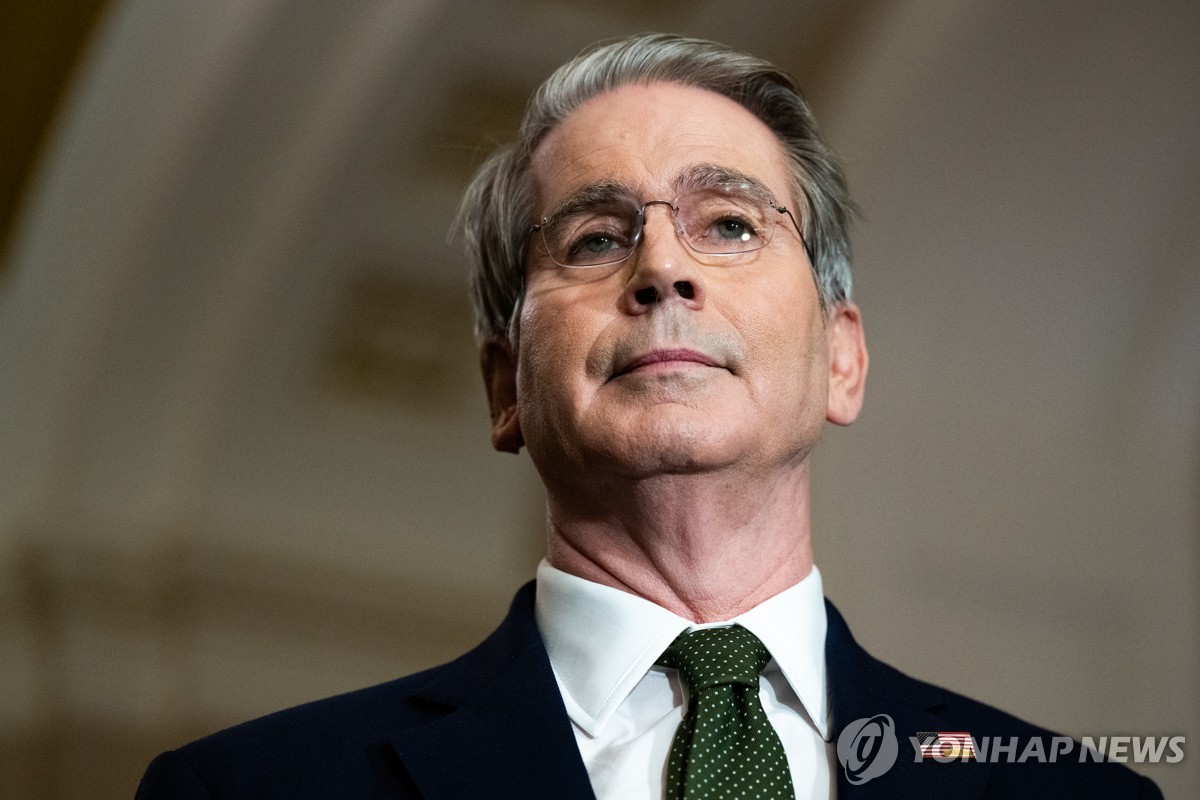- Progress With Key Partners
- China Agreement Sets Precedent
- High-Pressure Negotiations
Treasury Secretary Scott Bessent said Friday that the Trump administration could complete its sweeping trade negotiation agenda by Labor Day, signaling a more flexible timeline for tariff deals as talks with nearly two dozen countries intensify ahead of a looming July deadline.
Speaking on Fox Business, Bessent outlined plans to finalize agreements with major trading partners by September 1, extending beyond President Trump's original July 8 target for countries to avoid steep reciprocal tariffs. The Labor Day timeline reflects the administration's confidence in securing multiple bilateral deals while acknowledging the complexity of rewriting America's trade relationships.
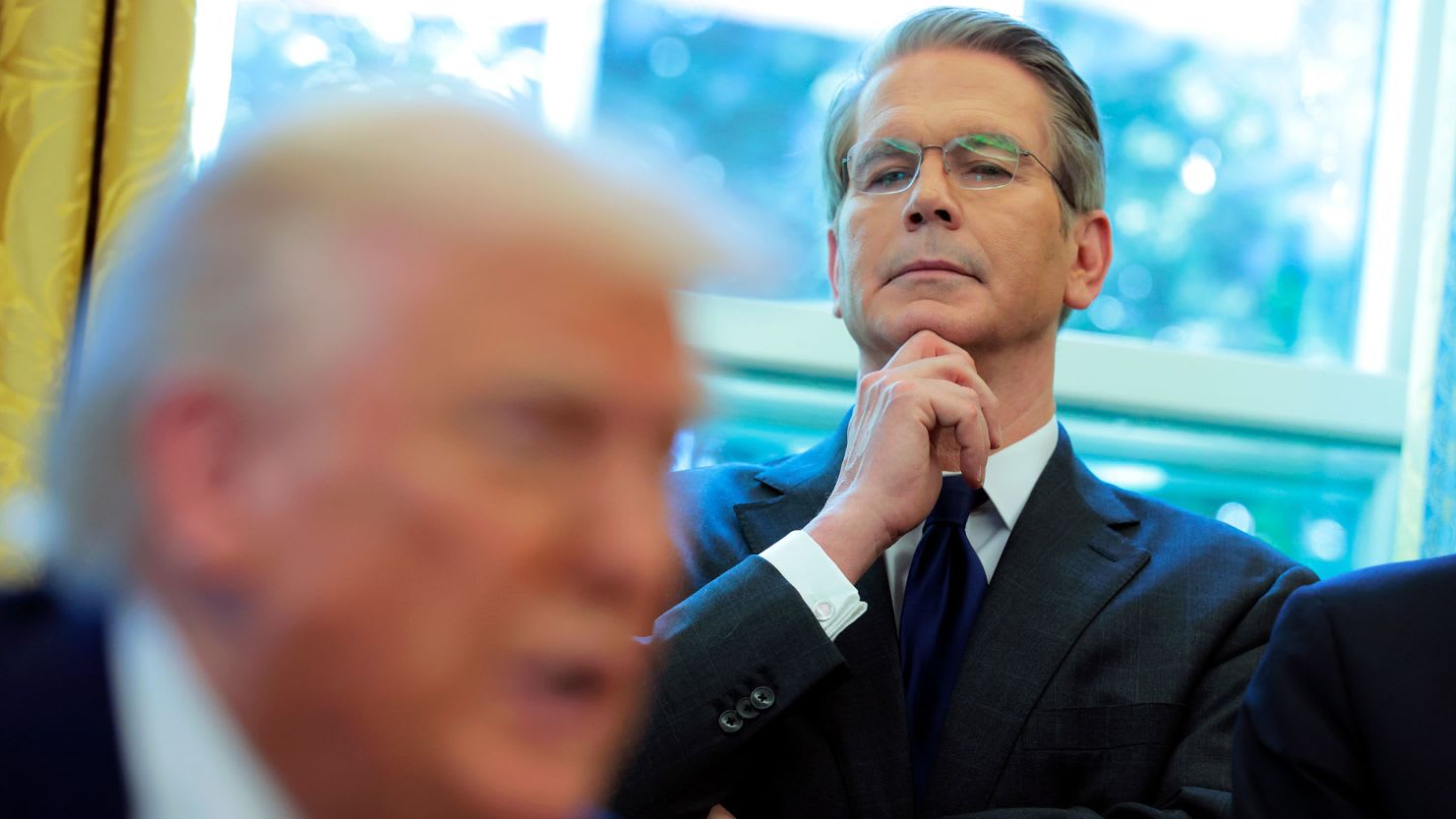
The administration has already secured arrangements with the United Kingdom and China among 18 priority trading partners, Bessent said. Commerce Secretary Howard Lutnick expects to finalize 10 additional deals, creating momentum for broader negotiations12.
"If we can ink 10 or 12 of the important 18 — there are another important 20 relationships — then I think we could have trade wrapped up by Labor Day," Bessent told Fox Business1.
Trump reinforced the timeline's flexibility Friday, telling reporters he could extend or shorten the July deadline. "We can do whatever we want," he said. "I'd like to make it shorter. I'd like to just send letters out to everybody: 'Congratulations, you're paying 25 percent'"2.
The administration's recent deal with China provides a template for other negotiations. Bessent revealed the agreement includes tariff reductions and resumed flows of rare earth magnets critical to U.S. manufacturing, calling it evidence of "de-escalation" under Trump's leadership12.
"Part of the agreement was tariffs coming down and rare earth magnets starting to flow back to the U.S.," Bessent explained1. Lutnick told Bloomberg TV the China deal was signed earlier this week2.
The arrangement follows initial talks in Geneva in May that prevented massive tariff increases from freezing trade between the world's two largest economies2.
Countries face tariffs as high as 50 percent if they fail to reach agreements, with those securing deals still subject to a baseline 10 percent rate1. The reciprocal tariff structure aims to match what other countries impose on U.S. goods, fundamentally reshaping America's trade approach.
South Korea, Japan and other nations have been working to finalize deals before the July 8 deadline, though administration officials have indicated the pause could be extended2. Trump originally announced the reciprocal tariffs April 2, paused them for 90 days after implementation, creating the current negotiating window2.
